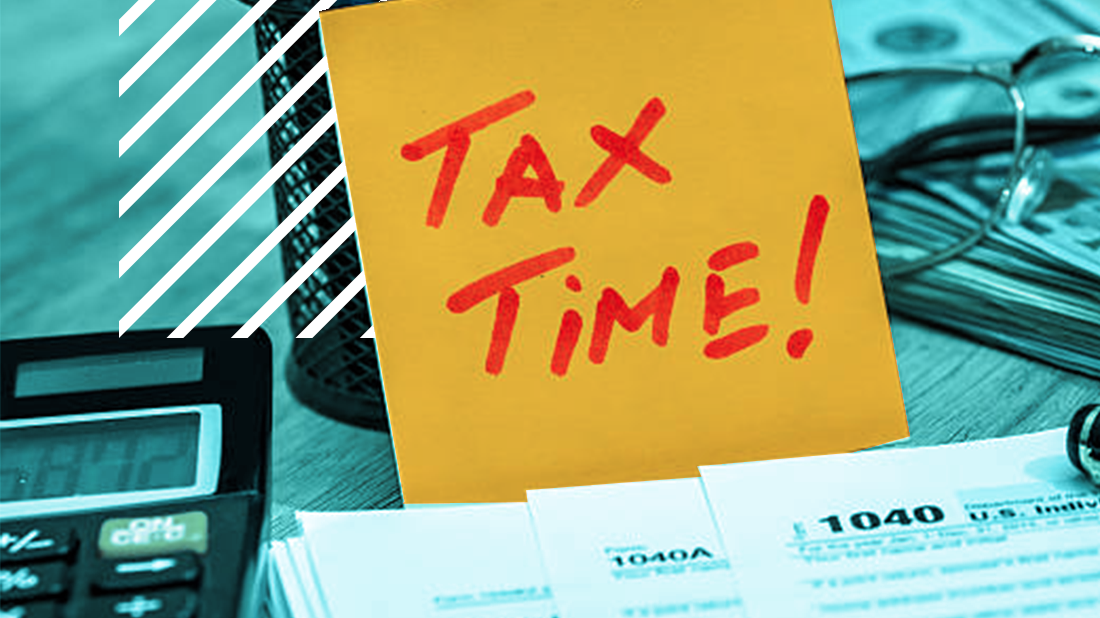
If you’re an investor and not using a depreciation schedule for your property, you could be missing out on thousands of dollars in tax rebate.
Costs and depreciation associated with your property can be deducted each year from your taxable income to improve your after-tax cash flow.
Every circumstance is different but many investment properties can deliver up to a $20,000 rebate in their first year.
That total will depend on the value of the building works relating to your property and the fittings.
The level of rebate you might receive will also be affected by one of two depreciation methods that you might use.
While the taxman will give with one hand, he’ll take with the other. When you sell, the depreciation claims will be baked into the capital gains tax calculation associated with the transaction.
It’s imperative you discuss the process and tax ramifications with your accountant before deciding an approach.
There are two methods of calculating your depreciation claim.
- Diminishing Value – claims are aggressive in the early years and then taper off; and
- Prime Cost – claims are fixed across the life of the item.
You should discuss the benefits of each approach with your accountant. They will likely use phrases “capital allowances” and “plant and equipment”.
Capital allowance covers the construction cost of your property. This can be claimed only on the value of work carried out after September 15, 1987, plus subsequent qualifying improvements. You can anticipate an annual deduction of 2.5 per cent against this total. Depreciation is not based on the value of the property.
Fixtures are covered under “plant and equipment”, so too are furnishings if you’ve rented a property fully furnished.
A quantity surveyor must help you to build a depreciation schedule. They calculate the cost of construction and include in the schedule furnishings and fixtures, such as exhaust fans, curtains, air-conditioning unit and security system.
The Australian Taxation Office (ATO) updates its depreciation schedule every July, listing each item that can be claimed and the relevant deduction percentage.
The best time to create a schedule – you only have to do this once per property – is immediately on taking possession. If you’ve missed a trick on this, your accountant may be able to get claims backdated for up to two years.
This is information is for general interest only and does not constitute the provision of legal advice, tax advice, accounting services, investment advice, or professional consulting of any kind.
